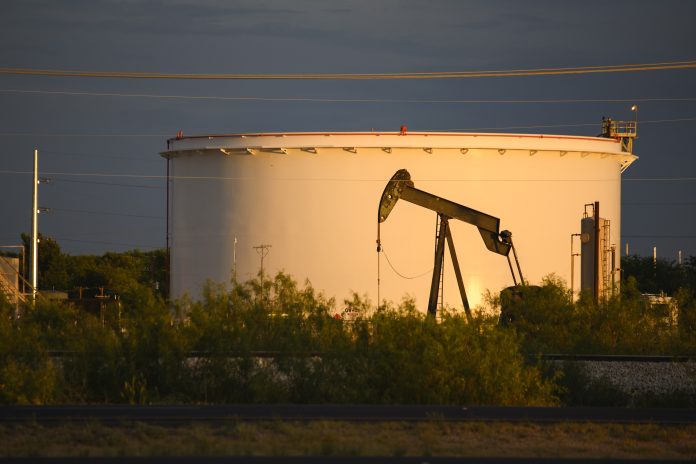
Mention the Permian Basin and California in the same sentence to Chevron Chairman-CEO Mike Wirth and you’re likely to see a smile followed by a look of consternation.
That’s because the Basin is expected to produce a million barrels of oil per day for the company next year while California, Chevron’s home base since it began as the Pacific Coast Oil Co. in 1879, is bedeviling it with the most hostile business conditions in the country.
Interviewed by noted author and S&P Global Vice Chairman Daniel Yergin at the recently concluded CERAWeek conference in Houston, Wirth said his company’s 2025 Permian Basin production goal has been in the works for a number of years. It was close last year with over 800,000 barrels per day as the region pumped a total of almost 6 million barrels a day.
CERA is for Cambridge Energy Research Associates. Chevron is based at San Ramon east of San Francisco.
“We’ve been on a steady program to drive capital efficient development of our position in the Permian, which is a large position, and it’s a very advantaged one with low or no royalty across most of the acreage,” Wirth said. “And so we’re looking to drive strong returns.
“In doing that we’ve been on a trajectory for several years to reach a million barrels a day of production in 2025. We continue to be on that path.”
He said Chevron finished with its highest year of production ever in the Permian last year.
“We were well north of 800,000 barrels a day in the fourth quarter and we’ll be kind of flat for the first part of this year as we build up some drilled but uncompleted wells and bring on another completion crew in the second half of the year,” Wirth said. “The Permian continues to deliver and I think it’s a great resource for the United States and for this industry.
“It’s another one where with recoveries at relatively low levels of the hydrocarbons in place, if we can find ways to use technologies to unlock better recoveries there’s still a tremendous upside.”
The chairman-CEO said the fundamentals of running a company the size of Chevron are crucial.
“As you get up to 800,000 barrels a day you’ve got a big base business that you’ve got to run really well,” he said. “And so with the things around asset and equipment reliability and off-take capacity it’s the blocking and tackling to run a big business every day that you have to focus on.
“The incremental production is important and you want to execute that well also,” Wirth said. “A 5-percent slip on 800,000 barrels a day is 40,000 barrels.
“So you have to pay attention to the fundamentals as you build a business that big.”
Yergin asked about “the increasingly harsh regulatory environment in California and what you and your colleagues have said is one of the most difficult places to do business.”
“It is,” Wirth said, referring to the state’s banning the sale of new gasoline-powered vehicles, restricting, and in some instances, forbidding, new oil wells, in some cities banning gasoline service stations and non-electric lawnmowers and now prohibiting fracking.
“California’s been pursuing policies to encourage investment in new types of energy technologies and actively working to discourage investment in traditional energy technologies,” he said. “And they’ve accomplished their goal.
“They have made it very difficult to invest in our traditional oil and gas business. We invest where we find an environment that offers prospects for a return and increasingly those are difficult to find in California.
“Over time the production of oil and gas and the availability of refined products are likely to reflect the investment choices that operators are making.”
Yergin asked what the company’s dialogue with the State of California has been like and Wirth said, “It’s the same as it has always been.
“The state has environmental objectives that they hold very dear. We try to engage with practical input on what customers are really doing and what markets are doing and that runs into these aspirational goals.”



